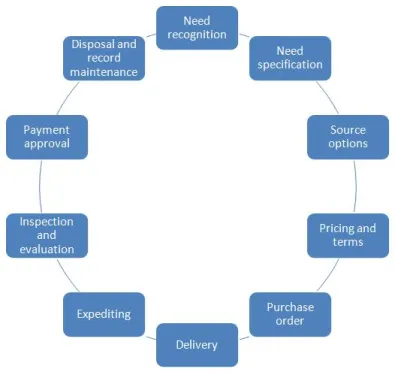The Future of Workflow Automation: Low-Code BPM Explained
- donnariekepro
- Aug 12, 2024
- 3 min read
In today's rapidly evolving business landscape, organizations are constantly seeking ways to enhance efficiency and streamline processes. One of the most promising developments in this area is the rise of low-code Business Process Management (BPM) platforms. These platforms are revolutionizing workflow automation, enabling businesses to adapt quickly to changes without the need for extensive coding or technical expertise. In this blog, we’ll explore what low-code BPM is, its benefits, and why it represents the future of workflow automation.
What is Low-Code BPM?
Low-code BPM is a new approach to automating business processes that leverages visual development tools and pre-built templates. Unlike traditional BPM systems that require complex coding and specialized knowledge, low-code BPM platforms enable users to design, implement, and modify workflows using drag-and-drop interfaces. This means that even non-technical users can create and manage automated processes, significantly reducing the time and cost associated with software development.
The Key Benefits of Low-Code BPM
1. Accelerated Development and Deployment
One of the primary advantages of low-code BPM is the speed at which applications can be developed and deployed. Traditional BPM systems often require months of development, testing, and iteration. With low-code platforms, businesses can design and deploy workflows in a fraction of the time. This accelerated development cycle allows organizations to respond more quickly to market changes, regulatory requirements, and customer demands.
2. Enhanced Flexibility and Scalability
Low-code BPM platforms are inherently flexible, allowing businesses to adapt their workflows as needed without significant re-engineering. This flexibility is crucial in today’s fast-paced business environment, where processes need to be frequently updated to remain competitive. Moreover, low-code BPM solutions are scalable, making it easy for businesses to expand their automation efforts as they grow.
3. Cost-Effective Automation
Traditional BPM solutions can be costly to implement and maintain, often requiring a dedicated team of developers. Low-code BPM platforms reduce these costs by enabling existing staff to build and manage workflows. This not only lowers the initial investment but also reduces ongoing maintenance costs, as changes and updates can be made without extensive re-coding.
4. Improved Collaboration Across Teams
Low-code BPM fosters collaboration by providing a common platform where business users and IT professionals can work together to design and optimize workflows. This collaborative approach ensures that the automated processes align with business objectives and are user-friendly. Additionally, the visual nature of low-code platforms makes it easier for stakeholders to understand and contribute to the development process.
5. Future-Proofing Your Business
As technology continues to evolve, businesses need to stay ahead of the curve. Low-code BPM platforms are designed with future-proofing in mind, allowing organizations to integrate new technologies, such as AI and machine learning, into their workflows. This adaptability ensures that businesses can continue to innovate and remain competitive in an ever-changing marketplace.
The Future of Workflow Automation
The shift towards low-code BPM is not just a trend; it’s a fundamental change in how businesses approach workflow automation. As more organizations recognize the benefits of low-code platforms, their adoption is expected to grow exponentially. In the future, we can expect to see low-code BPM playing a central role in digital transformation strategies, enabling businesses to automate more complex processes and achieve higher levels of efficiency.
Moreover, the integration of AI and machine learning into low-code BPM platforms will further enhance their capabilities, allowing for smarter and more autonomous workflows. This evolution will lead to even greater productivity gains and open up new possibilities for innovation.
Conclusion
Low-code BPM represents the future of workflow automation, offering a faster, more flexible, and cost-effective way to manage business processes. By embracing this technology, businesses can stay competitive, respond quickly to changes, and ensure that their workflows are optimized for success. As low-code BPM platforms continue to evolve, they will undoubtedly become an essential tool for organizations looking to drive digital transformation and achieve long-term growth.
SITES WE SUPPORT
SOCIAL LINKS




Comments